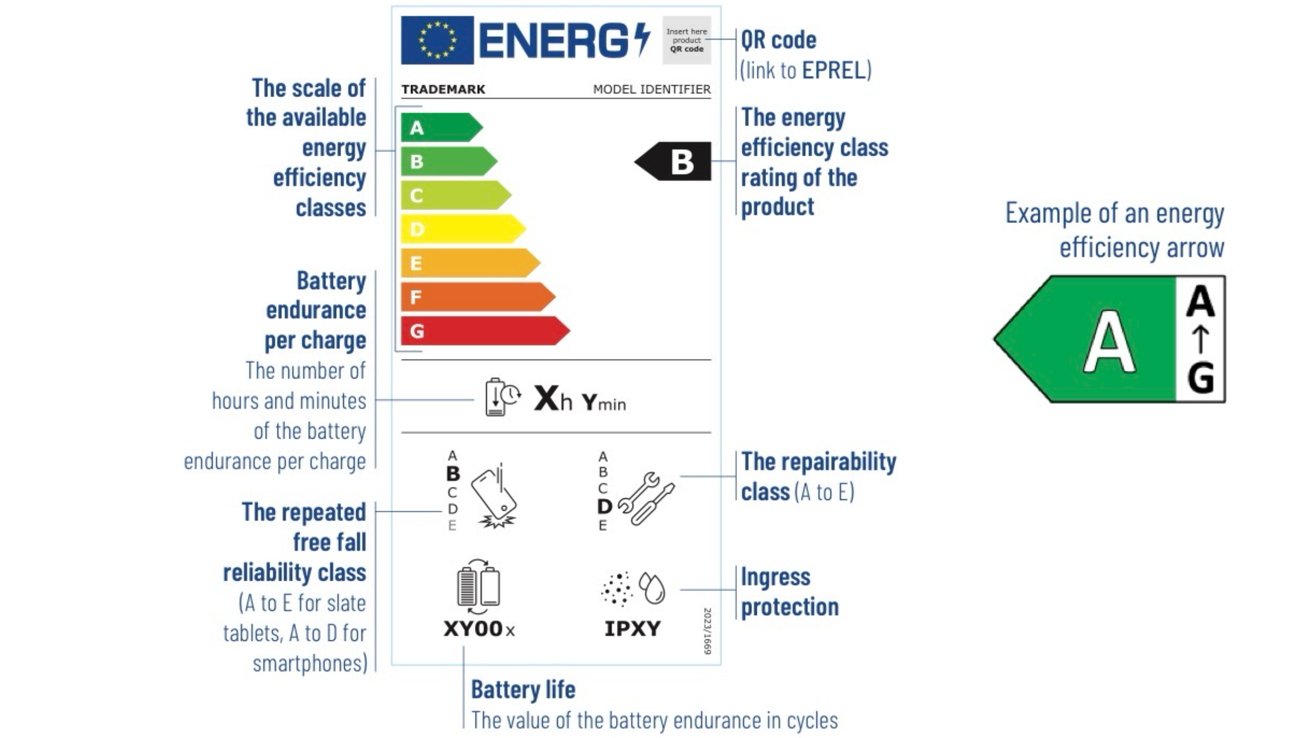The Samsung QN90F is a 4K mini-LED TV with a 120Hz native refresh rate. It can display high dynamic range (HDR) content in HDR10, HDR10+, and hybrid log gamma (HLG), though Samsung continues to eschew Dolby Vision support. It has an ATSC 1.0 tuner for over-the-air broadcasts, but no ATSC 3.0 tuner for 1080p and 4K OTA broadcasts.
I test TVs using a Klein K-10A colorimeter, a Murideo SIX-G signal generator, and Portrait Displays’ Calman software. In HDR Movie mode with an HDR10 signal, the QN90F showed a peak brightness of 770 nits with a full-screen white field and 2,519 nits with an 18% white field. That’s extremely high, rivaled only by Hisense and TCL’s high-end TVs, and far brighter than any OLED TV we’ve tested. For comparison, the Hisense U8QG puts out 3,200 nits with an 18% white field.
Thanks to its mini-LED backlight system, the QN90F shows effectively perfect black levels and infinite contrast like an OLED panel, though there’s a trade-off: Since there are magnitudes more pixels than adjustable backlight zones, light bloom can appear along high-contrast edges. This effect varies between different mini-LED TVs, and I noticed very little of it when testing the QN90F. Still, even dimmer OLED panels will always have the advantage over any mini-LED TV, since they can brighten, dim, or turn off each individual pixel.
(Credit: PCMag)
The above charts show the QN90F’s color levels in Movie mode with an SDR signal compared against Rec.709 broadcast standards and with an HDR signal compared against DCI-P3 digital cinema standards. Whites run slightly cool but not significantly so, and colors are otherwise very accurate. The TV’s HDR color range doesn’t quite cover the DCI-P3 color space, but it comes very close with very little drift.

(Credit: Will Greenwald)
The party scenes in The Great Gatsby look quite good. Black suits appear properly dark while showing fine details like cuts and textures, and white shirts and balloons look very bright. Skin tones also look natural and saturated, and blues and oranges pop out nicely against the extremes in contrast.
Demonstration footage on the Spears & Munsil Ultra HD benchmark disc looks great on the QN90F. Snowy nature scenes look very bright while retaining plenty of detail in the highlights, making falling snow and wisps of clouds visible against white skies and ground. Wider landscape shots are colorful and lifelike. The details of dark trees are clearly visible in morning shots of forests against brightening skies. Moreover, shots of brightly lit, colorful objects in front of completely black backgrounds show minimal light bloom.









